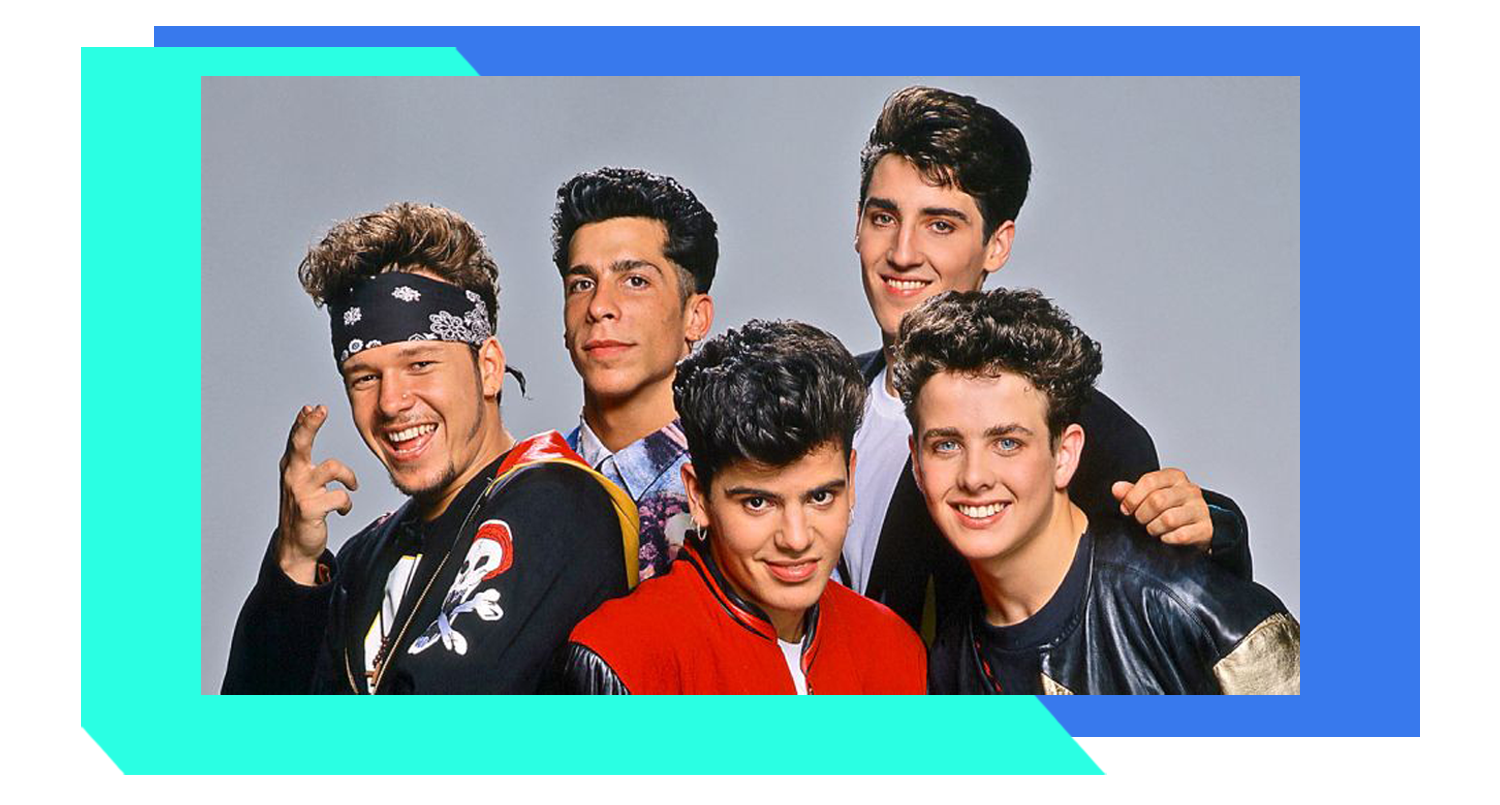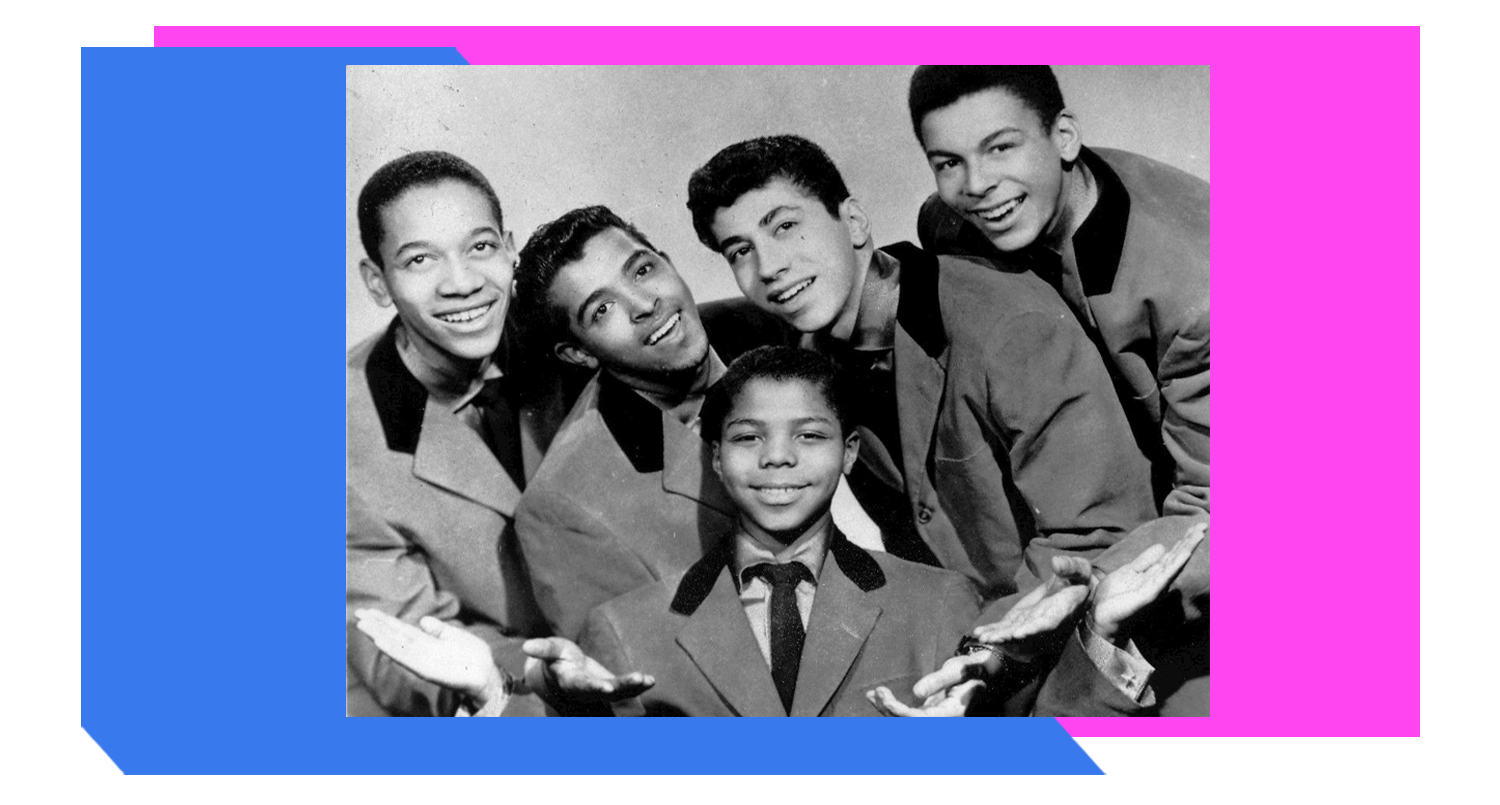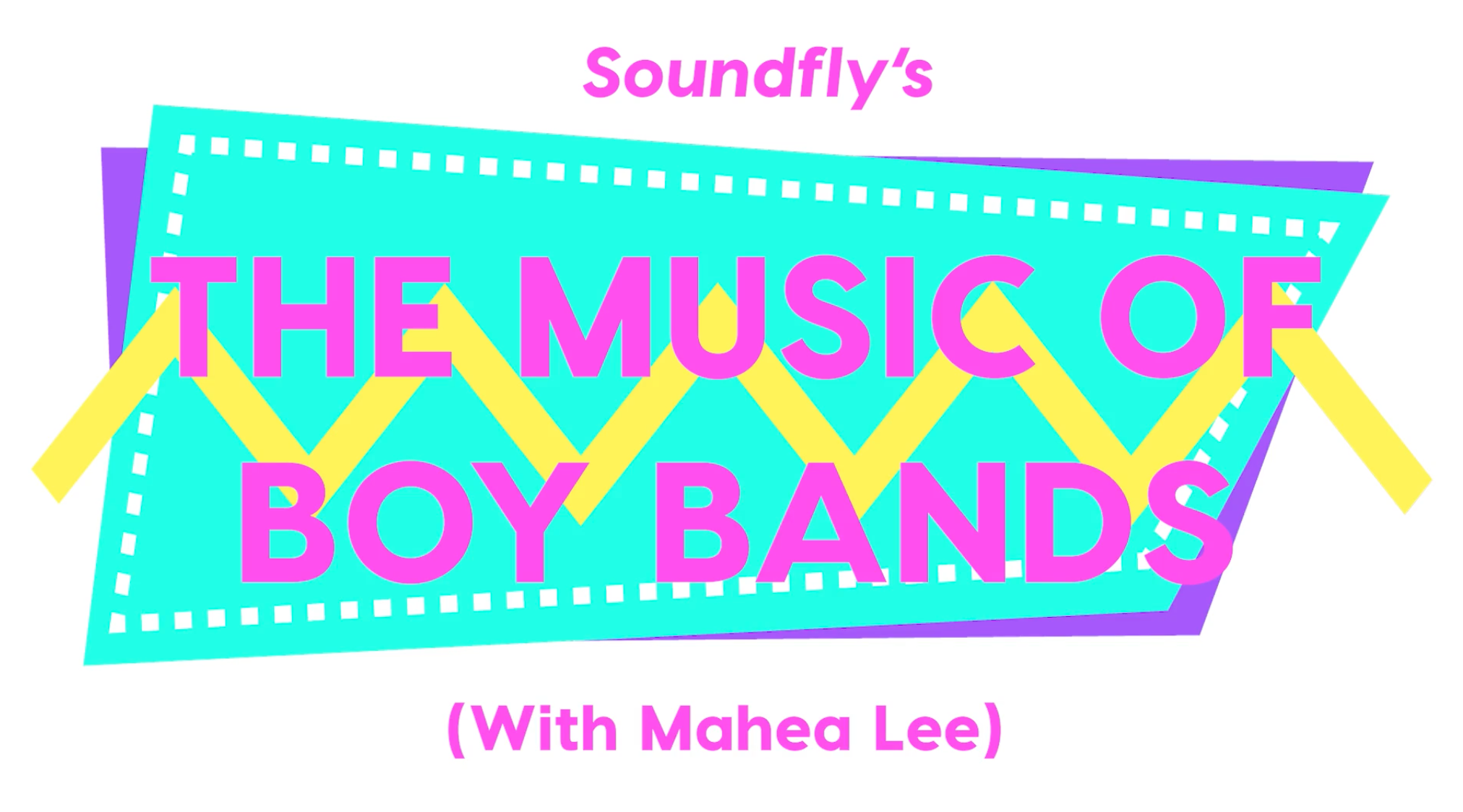+ This video lesson is taken from Soundfly’s new The Music of Boy Bands course. To access this and hundreds more videos and tutorials on production, songwriting, composing, arranging, beat making, and mixing, subscribe to Soundfly.
Modern boy bands have a deep cultural and musical lineage, from group-singing barbershop quartets to The Beatles to pretty much everything that happened in the late ’90s and beyond. In the video above, scholar and author Maria Sherman helps us get situated with an interpreted timeline.
We’re not going to reiterate everything that was said in the video — but here’s a quick summary of what we learned.
Use of the term “boy band” likely began with NKOTB.
According to impresario Lou Pearlman, who was the man behind the Backstreet Boys and ‘NSync and others, New Kids on the Block was the first group to be called a “boy band” in the way we think of it today.

That doesn’t mean they were the first group of male vocalists to sing together or the first to have a adoring fandom of screaming girls — it just means they were the first to be associated with that term and to achieve the sort of mainstream commercial success that comes with it, including the related merchandise, posters, collectors’ items, etc.
As Maria points out, it is worth considering that other groups before them, in particular groups of Black performers like New Edition, may have pioneered the idea first, but weren’t able to tap into the same mainstream channels that NKOTB were, at least in part due to racial prejudices in the music industry.

This isn’t an unusual occurrence in the history of American popular music.
For those interested, check out this lesson from our free A Conversation With the Blues course on how British musicians who were mostly white were able to make blues music “safer” for a wider audience than the Black American musicians who pioneered it.
There are really two timelines to consider.
There’s a history tied to culture and fandom, and then the history of the music itself. This duality is one of the reasons it’s hard to pinpoint what is and isn’t a boy band at times.
Culture and Fandom
The sort of super-fandom we’re talking about goes back at least as far as the composer (and alleged heartthrob) Franz Liszt, but it was arguably the Beatles that introduced the modern conception of adoring fans to the world. The Beatles even went on to follow the typical career trajectory we see so often in the boy bands of today:
1) group forms,
2) they play music that is widely appealing,
3) they start to get edgier and more experimental,
4) they breakup and some members go on to make music that’s more niche.
There are also key differences between the Beatles and a modern boy band though, in particular the fact that they wrote their own material and all played instruments.
Music
It’s also a little hard to trace the musical origins of boy bands, but that’s the case with all modern styles of music. Here, we can definitely point to some likely influences. These include things like the blues, gospel, doo wop, R&B, and Motown.

Starting as early as the debut of New Kids on the Block, boy band music has also often drawn heavily from the hip-hop scene.
They also have a lot in common with barbershop quartets — boy bands may blur the lines when it comes to specific parts and vocal ranges, but the overall idea of male vocal harmony paired with performative charm is definitely important in both cases.

You can learn more from the Barbershop Harmony Society.
Boy bands show up in cycles.
Because they’re more or less a manufactured product, boy bands tend to rise up when an opportunistic music industry-type recognizes consumer demand. The success of one group leads to the appearance of competitors. Often, a sort of counter-movement (like the pop-punk scene) then shows up, and we see a decline in interest for a while.
Of course, when enough time has passed, a new scene inevitably begins, morphing just enough to meet the needs of the current era. Maria outlines a few specific “eras:”
- The New Kids on the Block era in the ’80s and early ’90s
- The “Y2K era” of the late ’90s and early ’00s, with the Backstreet Boys, *NSYNC, 98 Degrees, Take That, etc. This might even be considered the Golden Age for boy bands because they were making the most money.
- The Jonas Brothers era in the mid-2000s to 2010 or so
- The One Direction era in the early 2010s
- The BTS era starting around 2017 to now
The “rules” are changing.
K-pop could and should have a course of its own, so unfortunately, we won’t be getting too deep into it here. However, it’s worth noting that this new type of boy band stretches the mold — from song form to number of band members to stylistic influences and so much more — and suggests the future is going to be pretty interesting.

Start building your own Music of Boy Bands course playlist.
You can do this using something like Spotify, or by going a little old school and writing down a list of tracks in a notebook.
To kickstart your personal course playlist, add one song from each of the following time periods:
- 2017 to today
- 2010-2017
- 2005-2010
- 1995-2005
- 1980-1995
- Pre-1980
In some cases, you may have to pick a song that likely influenced future boy bands, depending on your interpretation of boy band history.
Now, add an additional boy band song for each of the following prompts:
- A song to dance to
- A song to sing along with
- A sad song
You definitely don’t have to stop with just these suggestions. Feel free to incorporate others you encounter in the lessons, or that you just feel deserve a spot on your list!
Don’t Stop Here!
Keep learning about The Music of Boy Bands with Soundfly’s premium course, taught by composer and music analyst Mahea Lee. This quirky short course is a digestible deep-dive that is at once both fun and factual, whimsical and analytical, and chock full of useful tips that any pop-oriented songwriter or producer can immediately put to use.
In it, we’ll break down how the various elements such as lyrics, melody, chords, production, and arrangement come together to produce a style of music that can be as surprising as it is familiar. And we’ll look to the song banks of *NSYNC, One Direction, and Backstreet Boys for inspiration to help us improve our own songwriting and production skills.
Join The Music of Boy Bands today, and start learning how to turn your childhood pop obsession into actionable songwriting and production skills!
Learn more about Maria Sherman here and pick up a copy of her book, Larger Than Life: A History of Boy Bands from NKOTB to BTS.




